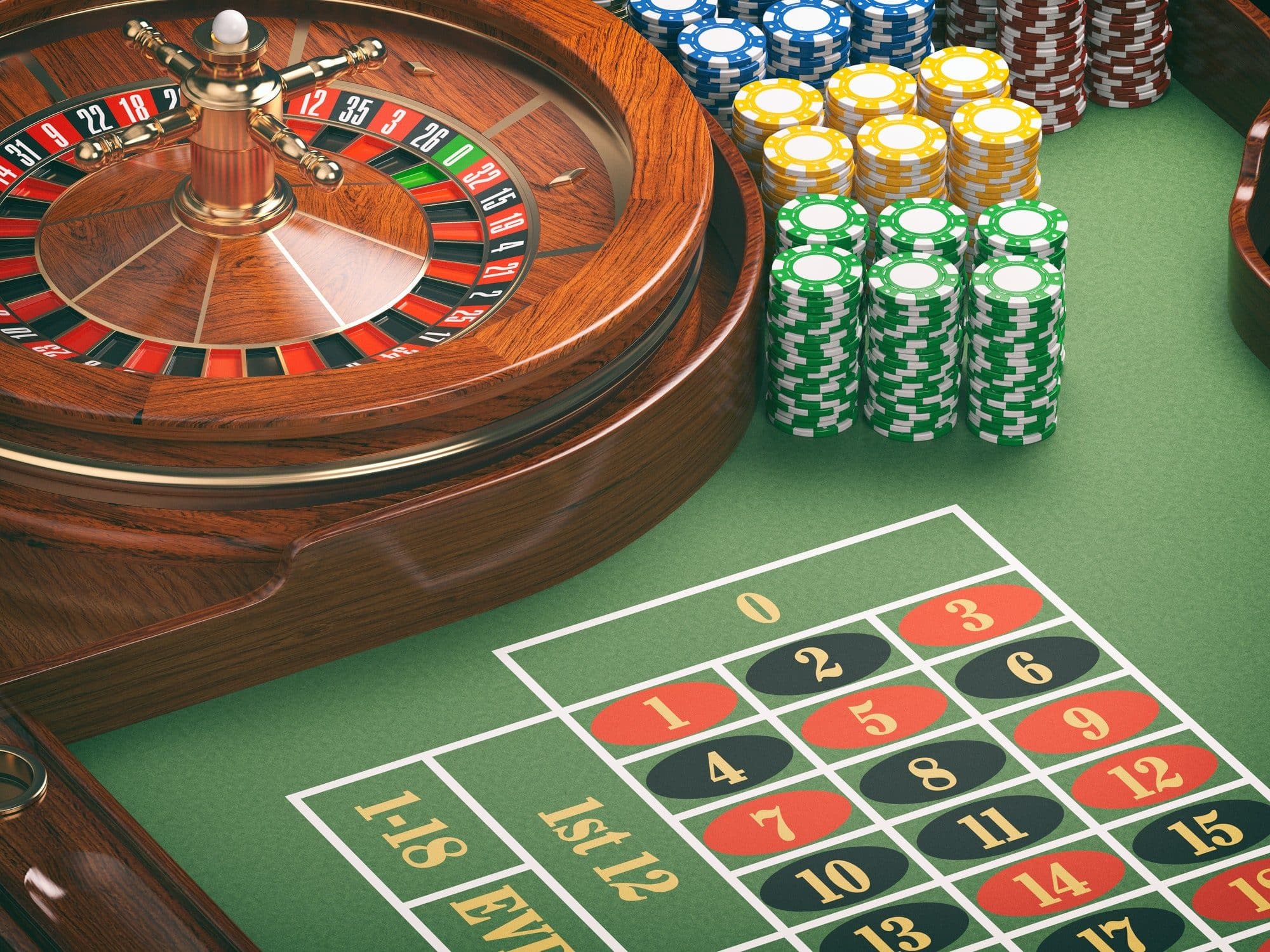
Within the lively and exciting world of gaming establishments, wherein luck and strategy intertwine, color and design play a pivotal role in drawing in players. From the moment players step into a casino or log into a gaming website, they are enveloped in a sightly feast that captures their attention and lures them to explore more. Vivid colors, captivating graphics, and creative layouts are carefully crafted to create an environment of excitement and anticipation, ultimately improving the gaming encounter.
While players move through the dynamic landscape of casino games, they come across a variety of designs that not only serve aesthetic purposes but also affect emotions and choices. Colors like red and yellow symbolize riches and fortune, while calm navy and emeralds can create a much tranquil environment. Grasping how these elements work together allows casinos to create an inviting and stimulating atmosphere that encourages players to engage with the games, spend more time at the tables, and boost their overall enjoyment.
The Science of Color in Casino Games
Tint plays a critical role in the development of gambling games, affecting player emotions and actions. Lively and vibrant shades, such as red and gold, are often used to ignite enthusiasm and attract focus. These colors create a feeling immediacy and dynamism, encouraging players to engage more eagerly with the game. By strategically selecting hues, creators aim to inspire emotions of pleasure and excitement, which can enhance the overall gaming experience.
Various hues also have psychological connotations that can impact how players perceive their chances of victory. For instance, emerald is commonly associated with good fortune and prosperity, making it a well-liked choice in activities like roulette and poker tables. This connection can cause participants to feel more optimistic and assured in their gaming, ultimately encouraging them to bet more. Grasping these links allows game designers to design environments that enhance player satisfaction and retention.
Moreover, the interface of casino game interfaces often employs gradients and contrasting colors to guide player actions. For instance, winning results may be accentuated with striking, differing shades, creating a visual cue. This approach supports successful results and encourages repeated participation. By utilizing the psychology of color, casinos can develop games that not only captivate participants but also maintain them involved and dedicated in their gaming experience.
Creative Elements that Attract Gamers
The visual appeal of casino games is largely influenced by the use of vibrant colors. Lively and striking colors are deliberately chosen to create an appealing atmosphere that captures attention. For example, crimson and golds often signify luck and wealth, which is why they are common in the color schemes of gaming machines and table surfaces. These colors not only draw players in, but they also stir emotions related to excitement and expectation, enhancing the total gaming experience. https://keonhacai.camp/
In parallel to color, the aesthetic and layout of casino games play a significant role in player attraction. Games are designed to be intuitive, ensuring that players can easily understand the rules and gameplay. User-friendly interfaces, along with engaging graphics and animations, help maintain player interest and promote extended play sessions. The tactile elements, such as the feel of the buttons and the sounds of the games, also add to a holistic sensory experience that keeps players immersed.
Finally, thematic elements in gaming design can significantly influence gaming decisions. Many casino games are inspired by media, fairy tales, or exploration motifs, featuring symbols and characters that resonate with players. These themes create a sense of immersion and connection, making each game feel distinct. When players feel a connection to the theme, they are more likely to opt for that game over others, leading to increased participation and enthusiasm within the gambling environment.
Case Studies: Successful Casino Table Game Designs
One prime example of impressive gambling game design is the well-known slot machine series themed around hit movies. Games such as those based on the Wizard of Oz and Game of thrones utilize dynamic colors and high-quality graphics to enthrall players in familiar narratives. The employment of moving visuals and entertaining sound effects grabs the focus of players, establishing an psychological connection to the theme. This approach merely fosters longer play but also enhances the overall gaming experience, yielding increased player retention.
Another notable case is the use of color psychology in table games like 21 and roulette. Casinos often develop these games with dark reds and greens, colors traditionally connected with luck and wealth. For instance, the green felt on a blackjack table provides a calming effect, while the red accents in roulette invite anticipation. This deliberate use of color helps to create an inviting atmosphere that stimulates players to engage, fulfilling their psychological impulses and enhancing their enjoyment.
Finally, social casino games that include community features and lively, colorful designs have seen remarkable success in engaging players. Games like Zynga’s Poker and Slot-O-Mania leverage striking colors and playful animations to forge an inviting online environment. The inclusion of leaderboards, community sharing options, and in-game rewards encourages competition and community, attracting players in for longer sessions. Such designs merely make the games visually attractive but also highlight social interaction, a crucial factor in player retention and engagement within online casino environments.
